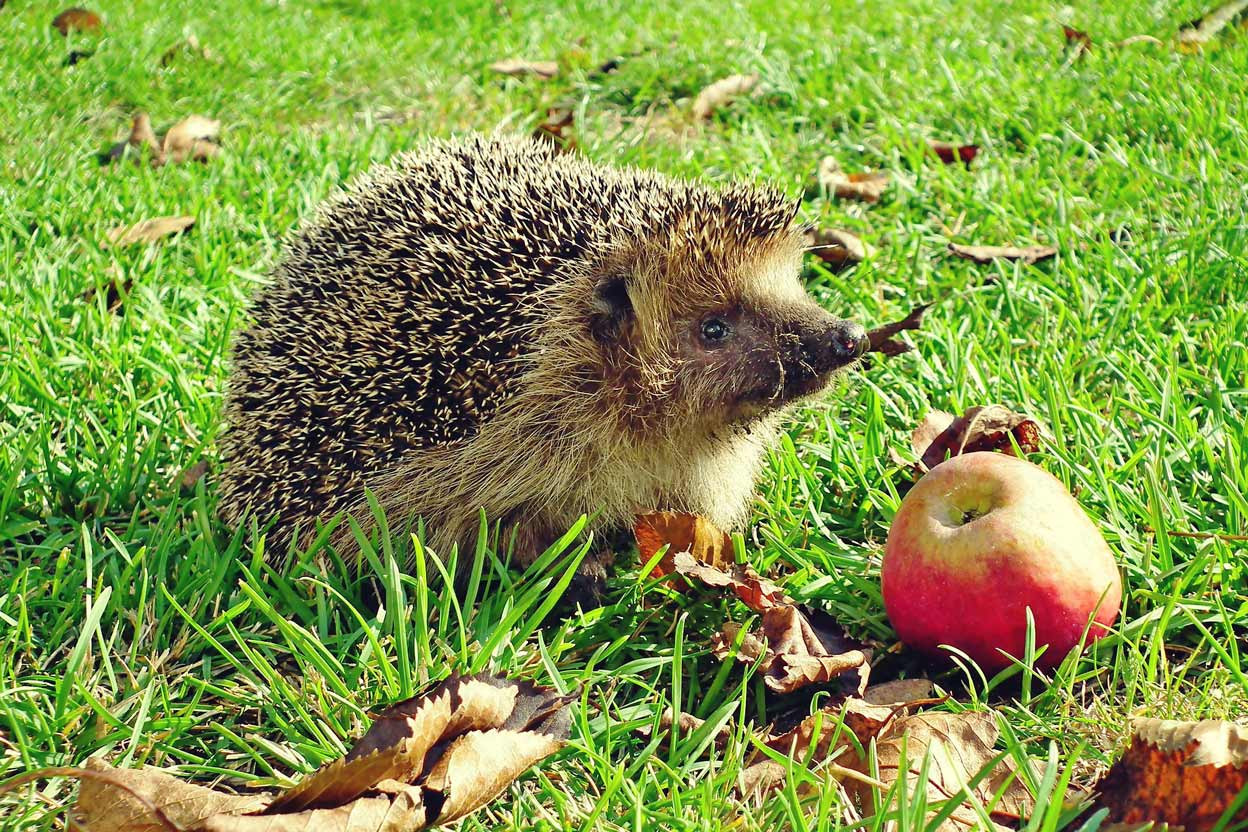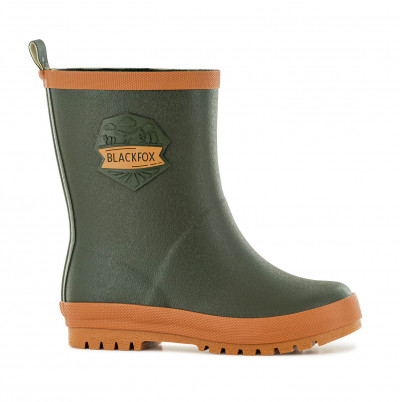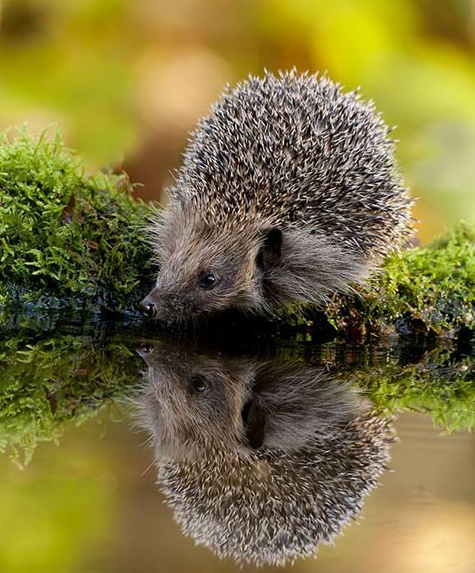Why should you welcome hedgehogs into your garden, and how can you protect them? 🦔
The little hedgehog, rolled up in a prickly (but harmless) ball, is a real help for gardeners. But, unfortunately, it has become an endangered species in Europe, with more than 700,000 of them perishing each year on the continent.
And road traffic is the leading cause of death for our little garden friends. However, the pollution of nature, including by empty packets and cans thrown down on the roadside and the insecticides spread in our gardens and in the fields, is also fatal. The survival of this species is also threatened by rapid urbanisation, hedgerows being eradicated and the old trees that constitute their habitat being uprooted.
The role of the hedgehog in the garden
A protected species in France and throughout the European community, this small wild mammal plays an important role in regulating our gardens' ecosystems. So it is essential to look after them and offer them an environment where they will feel safe. Well protected from potential dangers, these animals can achieve a life expectancy of 10 years!
The hedgehog, active mainly at night, feeds mainly on slugs, snails or other pests, including grasshoppers, crickets, cockchafer beetles, spiders and earwigs, all of which can affect the crops in your garden. This valuable garden helper can chase away insects that can harm your vegetables and plants.
Ways to welcome and protect a hedgehog in your garden.

If you want to welcome a hedgehog into your garden, you can begin by providing them with places to shelter. Some logs abandoned at the bottom of the garden, a pile of mossy stones, or a heap of dead leaves and branches are enough to make a hedgehog happy.
Hedgehogs move around a lot, especially at night (they can travel up to 3 km a night!). Bearing in mind these comings and goings, try and leave openings in your fences and/or under the gates (about ten centimetres is fine, so they can slip in and out easily).
This nocturnal creature appreciates peace and quiet. So if you can, limit the amount of brush clearing, lawn mowing or any other noise pollution that could frighten or disturb them. Also, if you plan to burn a pile of wood, make sure it is uninhabited beforehand.
The hedgehog is an omnivorous animal. However, they feed mainly on insects and invertebrates (earthworms, slugs, etc.).
You can bring them food if nature is not providing enough. Kibbles/dog food (meat-based) or fruit (banana, melon, apricot, apple, pear, etc.) are a good addition to their diet. No milk, however, as they cannot digest it. On the other hand, don't hesitate to put water points in your garden (preferably fresh water, especially during very hot weather) so that the hedgehog can hydrate itself.
Its predators are dogs, cats, weasels, birds of prey (owls, buzzards), badgers, foxes and wild boars.
Did you know ?
- Baby hedgehogs are called hoglets! When they are born, they have no prickles. Yet, in just a few hours, the hoglet's back is covered with hundreds of white spikes!
- The animal hibernates from November to April.
- As hedgehogs are wild animals, they can carry diseases such as scabies, salmonella and ticks. So it is better to avoid the risk by not touching them.










